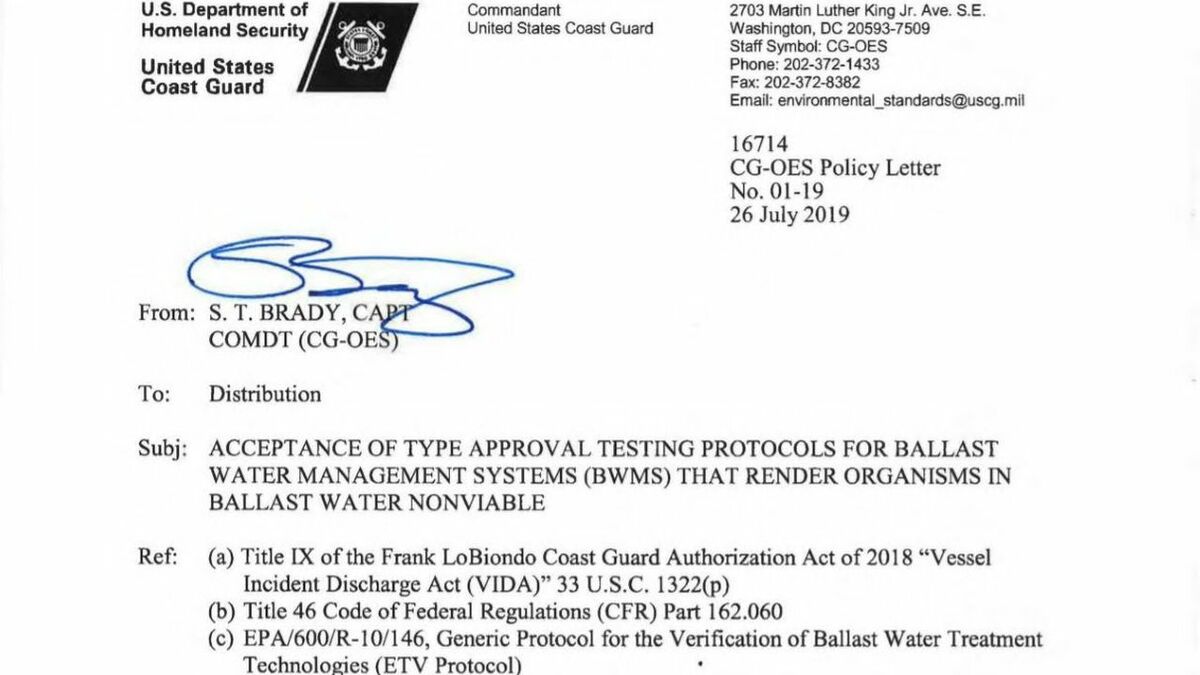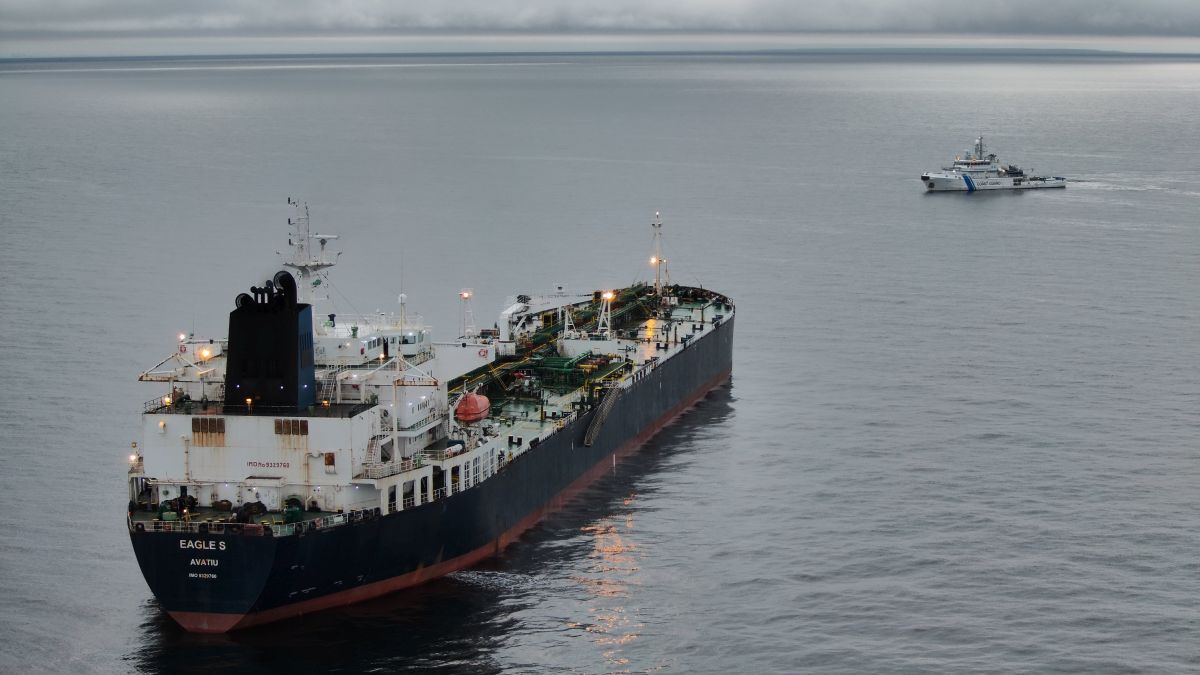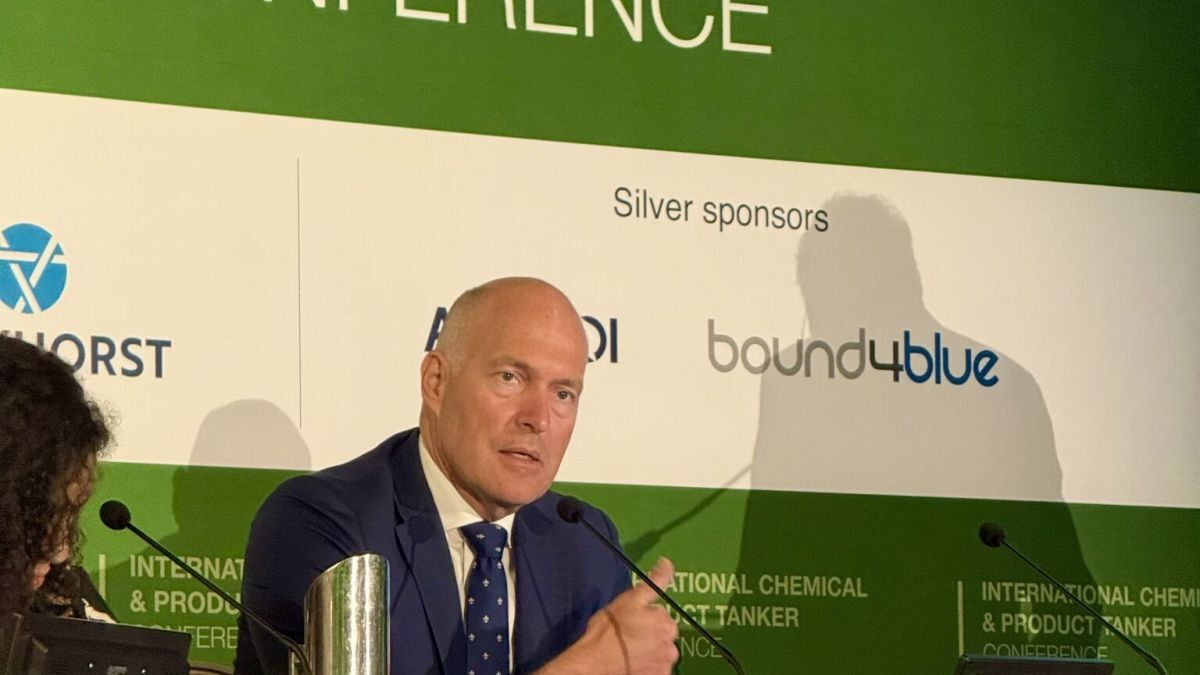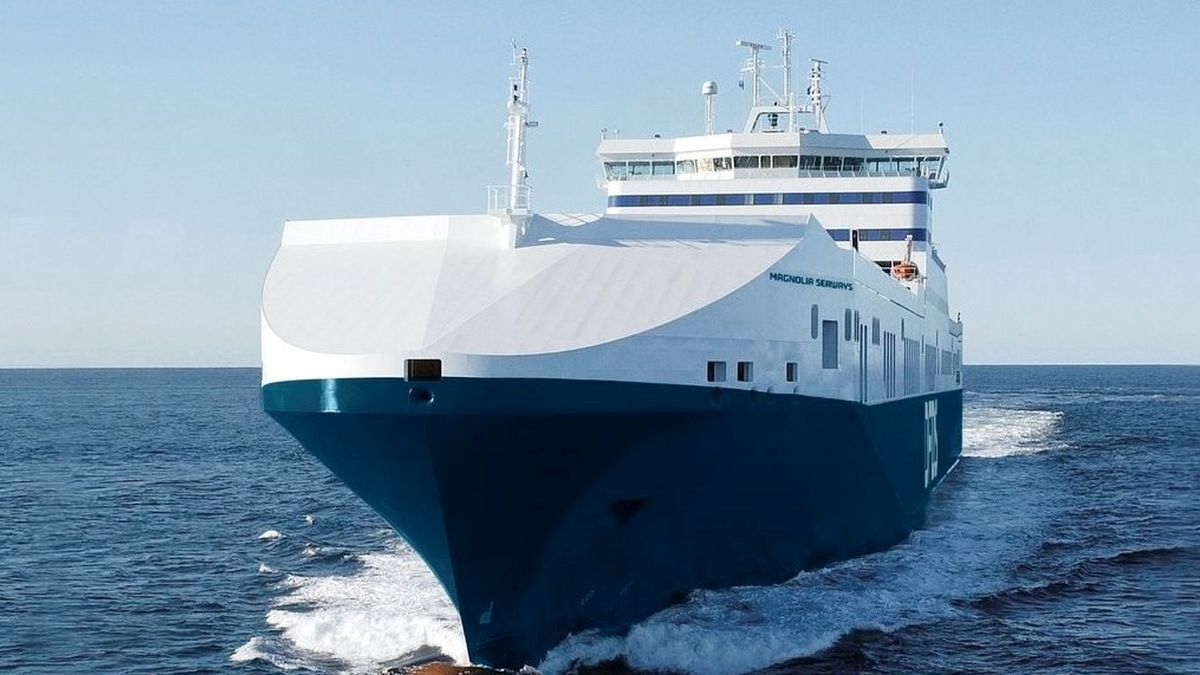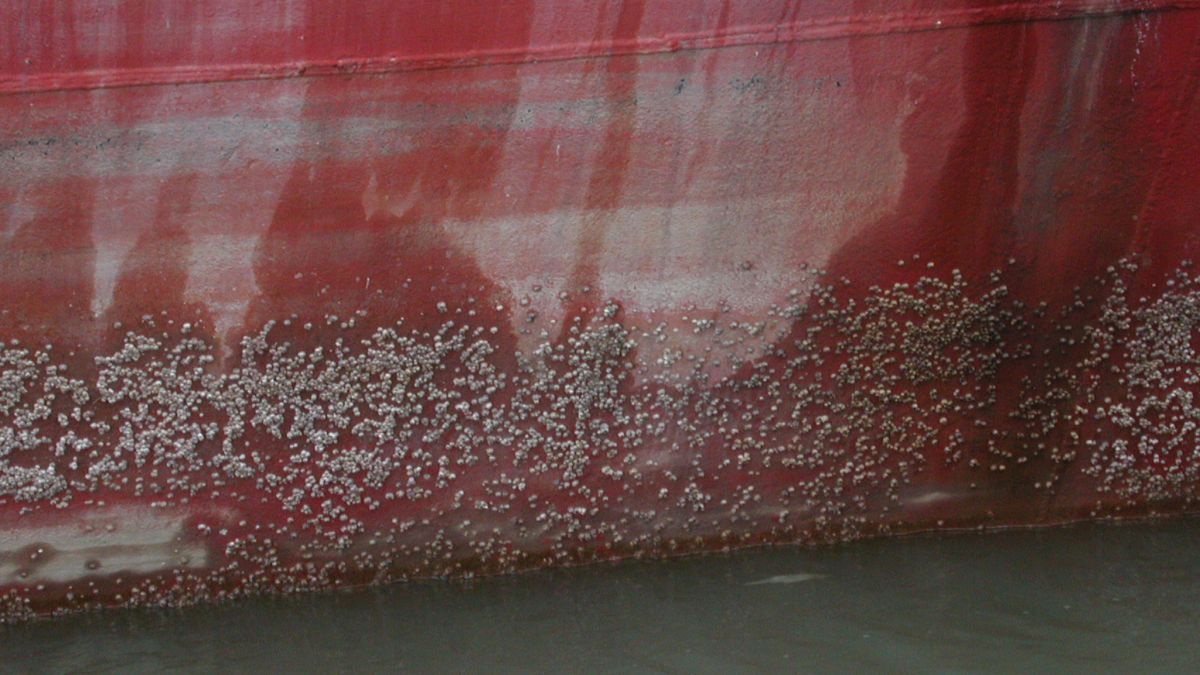Business Sectors
Events
Contents
USCG publishes draft policy letter on adopting VIDA requirements
The US Coast Guard (USCG) has posted a draft policy letter of its response to the VIDA ruling that it must adopt testing protocols for ballast water management systems (BWMS) that render organisms in ballast water unviable.
In October 2018, the US Senate passed the Vessel Incidental Discharge Act (VIDA), which includes that ballast water treatment systems that render organisms unviable are to be included for type-approval testing. In theory, this paves the way for more UV-based ballast water treatment systems to gain USCG type-approval and possibly harmonise the USCG’s approach with that of IMO. It also simplifies internal US regulations, where there are inconsistent vessel discharge regulations from 25 states and two federal agencies. The VIDA Act gave the USCG notice that it must:
Publish a draft policy letter, based on the best available science, describing type-approval testing methods and protocols for BWMS, if any, that
(I) Render nonviable organisms in ballast water.
(II) May be used in addition to the methods established under subpart 162.060 of title 46, Code of Federal Regulations or successor regulations.
(aa) To measure the concentration of organisms in ballast water that are capable of reproduction.
(bb) To certify the performance of each BWMS system under this subsection.
(cc) To certify laboratories to evaluate applicable treatment technologies.
The USCG draft policy letter states that at the time, the USCG was not aware of any type-approval testing based on best available science that fulfilled the above criteria.
The draft policy letter goes on to lay out the process for using and accepting new protocols fitting the above criteria, accepting independent laboratories using the protocols and how manufacturers should submit for type-approval.
The letter is open for public viewing and response here.
Related to this Story
Events
Maritime Environmental Protection Webinar Week
Cyber & Vessel Security Webinar Week
The illusion of safety: what we're getting wrong about crews, tech, and fatigue
Responsible Ship Recycling Forum 2025
© 2024 Riviera Maritime Media Ltd.


